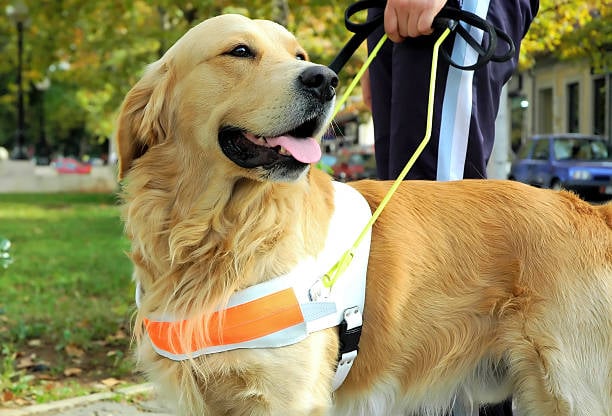The 21st Century Assistive Technology Act specifies the activities required of programs receiving funds under Section 4 of the AT Act. These include four State-Level activities that are designed to help people with disabilities, their families, service providers, and others access and acquire assistive technology devices.
To go directly to a State-Level Activity page, choose an active link listed below:

Access Activities
Device Demonstration
The AT Act describes device demonstrations as activities to “directly, or in collaboration with public and private entities, such as one-stop partners, as defined in section 101 of the Workforce Investment Act of 1998 (29 U.S.C. 2801), demonstrate a variety of assistive technology devices and assistive technology services (including assisting individuals in making informed choices regarding, and providing experiences with, the devices and services), using personnel who are familiar with such devices and services and their applications.” Section 4(e)(2)(D).
Device demonstrations compare the features and benefits of a particular AT device or category of devices for an individual or small group of individuals. The purpose of a device demonstration is to enable an individual to make an informed choice.
Device Lending
The AT Act requires AT Act Programs to “provide short-term loans of assistive technology devices to individuals, employers, public agencies, or others seeking to meet the needs of targeted individuals and entities, including others seeking to comply with the Individuals with Disabilities Education Act (20 U.S.C. 1400 et seq.), the Americans with Disabilities Act of 1990 (42 U.S.C. 12101 et seq.), and section 504 of the Rehabilitation Act of 1973 (29 U.S.C. 794)”. The purpose of a short-term device loan may be (1) to assist in decision-making; (2) to serve as a loaner while the consumer is waiting for device repair or funding; (3) to provide an accommodation on a short-term basis; or (4) for professional development.
Acquisition Activities
State Financing
The AT Act describes state financing activities as activities that increase “access to, and funding for, assistive technology devices and assistive technology services (which shall not include direct payment for such a device or service for an individual with a disability but may include support and administration of a program to provide such payment), including development of systems to provide and pay for such devices and services, for targeted individuals and entities”. States may operate financial loan programs, administer “last resort” funds, support device distribution programs (e.g. adapted smoke alarms, telecommunications devices), develop programs that fabricate affordable customized devices or administer cooperative buying programs that provide discounts to increase the affordability of the AT.
Device Reuse
Although the AT Act does not include a formal definition of device reutilization programs, the Act describes reutilization programs as programs that provide for the exchange, repair, recycling or other reutilization of assistive technology devices, which may include redistribution through device sales, loans, rentals or donations, carried out either directly or in collaboration with public or private entities (Section 4(e)(2)(B)). AT Act Programs may implement activities that accept devices (usually by donation) into an inventory, sanitize and/or refurbish as needed, and then provide them (often at no cost) to people with disabilities in need of the items, and/or operate a “classifieds” or “exchange” where they make available listings of AT for sale or donation that can connect buyers and sellers. Reutilization programs are solutions for individuals with disabilities who need items public sources will not pay for (including back up devices); who need a device that is no longer manufactured; or who have an acute need for a device while they pursue or wait for funding. Reutilization programs include (1) refurbishment programs, where donated devices are cleaned up, sanitized, repaired or otherwise “made ready” for new owners, (2) exchange programs, where individuals with devices to sell or donate advertise the device, and individuals in need of a device can look to see if the device they need is available and then contact the donor/seller to make the arrangements for sale and transfer of the device, (3) open-ended loans where the consumer can continue to use the item until no longer needed.
